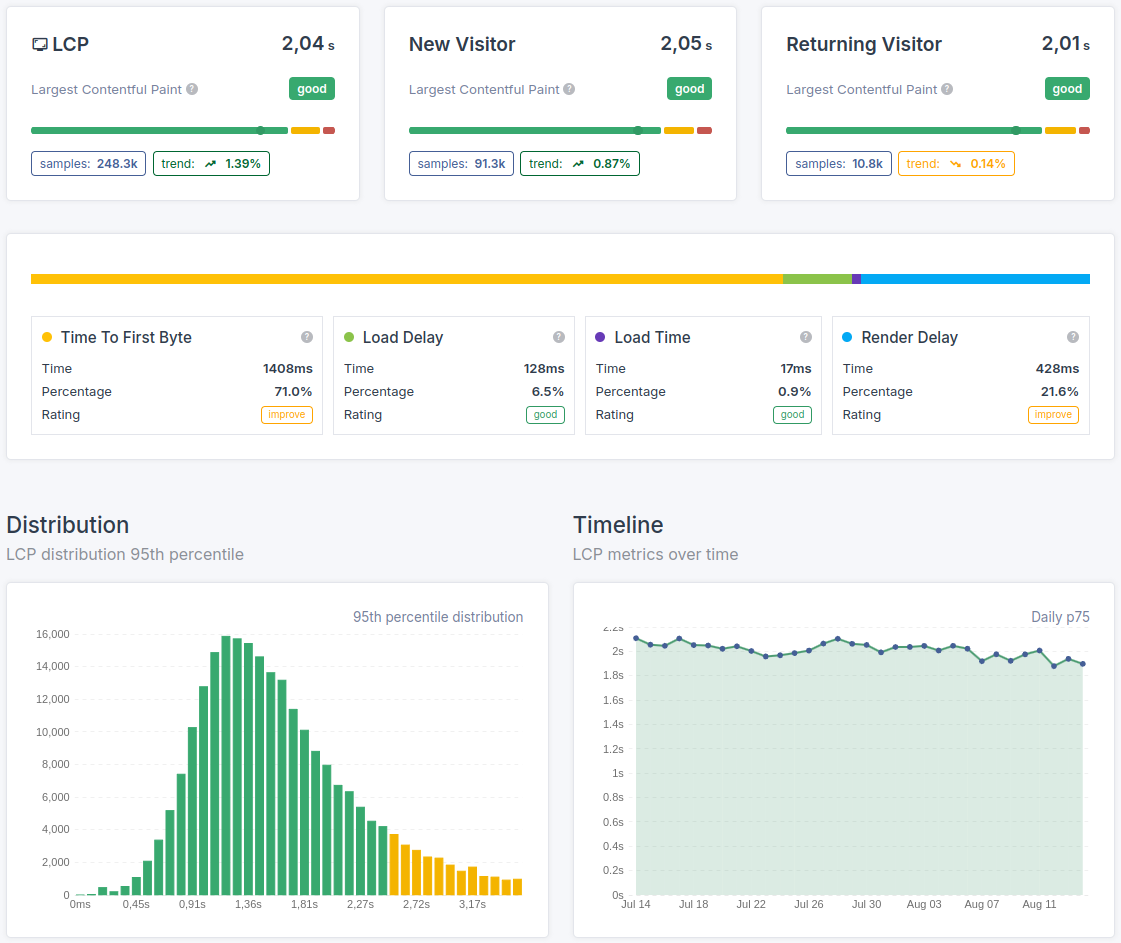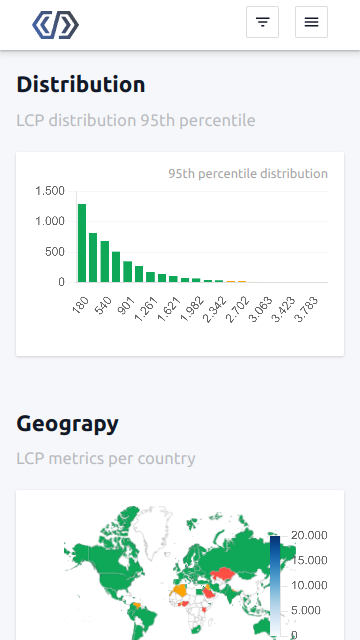Dimension: Page & Navigation: Top level Pathname
Understand how Core/Dash can help improve the Core Web Vitals and stay fast without regression


Trusted by market leaders
Dimension: Page & Navigation: Top level Pathname (ff)
Analyzing by individual URL is for finding patterns within a system. Analyzing by Top Level Pathname is for putting those systems in competition with each other. It answers a more fundamental, strategic question: "Which entire section of my website is failing its Core Web Vitals assessment?"
If the URL dimension is a microscope, the Top Level Pathname is the satellite view. CoreDash provides this view to show which parts of your digital estate have a healthy Core Web Vitals profile and which are barren. It is the fastest way to assess where performance debt is concentrated across your business units.
The Purpose of Pathname Analysis
The Top Level Pathname dimension in CoreDash groups every page by the first segment of its URL path (e.g., `/blog/`, `/products/`, `/account/`). This simple grouping provides profound strategic clarity for your Core Web Vitals strategy.
- Compares Business Units: This is a direct comparison of your core business functions. Is your e-commerce engine (`/products/`, `/cart/`) slower than your content marketing (`/blog/`)? The answer tells you where performance is most directly impacting revenue.
- Guides Resource Allocation: The results from this view should directly influence your budget and priorities. If your `/account/` section is significantly slower than the rest of the site, it indicates a poor experience for your most loyal, logged-in customers, demanding immediate attention.
- Sets the Stage for Deeper Analysis: This is your starting point. Before you dive into individual URLs, a quick look at the pathname breakdown tells you *which forest to search in*.
The Strategic Workflow
Use this dimension not for granular fixes, but for high-level direction.
- Segment by Top Level Pathname: In the data table, this is your first segmentation. Before looking at anything else, see how your core site sections perform against each other.
- Identify the Laggard: One or two pathnames will almost always perform worse than the others. You have now identified your biggest systemic problem area in less than 30 seconds.
- Form a Strategic Hypothesis: The conclusion here isn't technical; it's business-oriented. For example: "Our product-related templates are fundamentally less performant than our content templates."
- Begin Targeted Investigation: With your focus narrowed, you can now move to the URL dimension within CoreDash. Filter your data to *only* include the problematic pathname (e.g., `/products/`) and *then* begin looking for the specific patterns among those pages.
This approach stops you from wasting time optimizing your already-fast blog pages when the real fire is in your checkout funnel.
The Bottom Line
The Top Level Pathname isn't just for developers; it's for strategists. It's the view within CoreDash you use to decide where your team should even begin to look. Use it to make high-level, data-driven decisions about where your performance problems are causing the most business damage and to build a winning Core Web Vitals profile.

